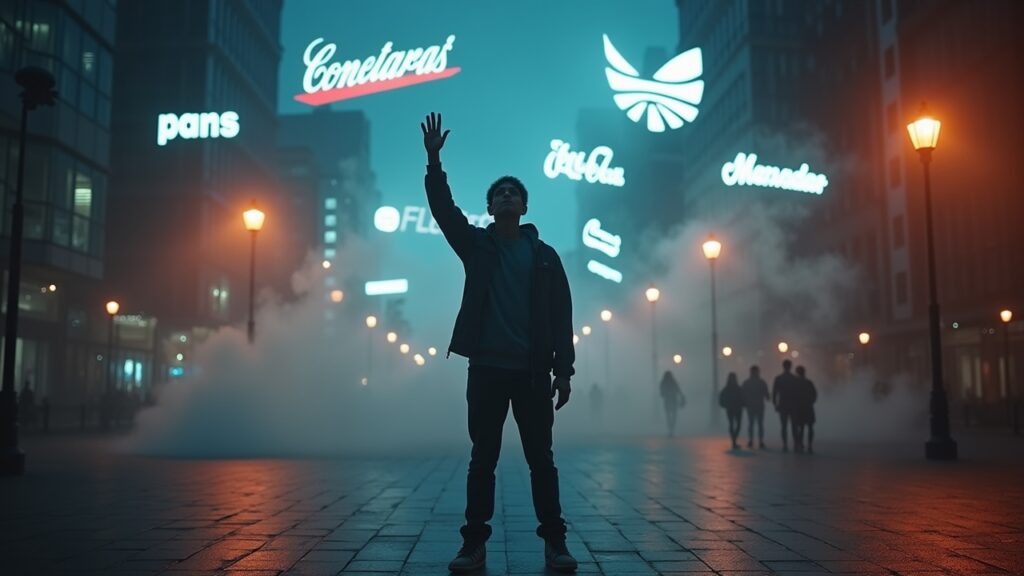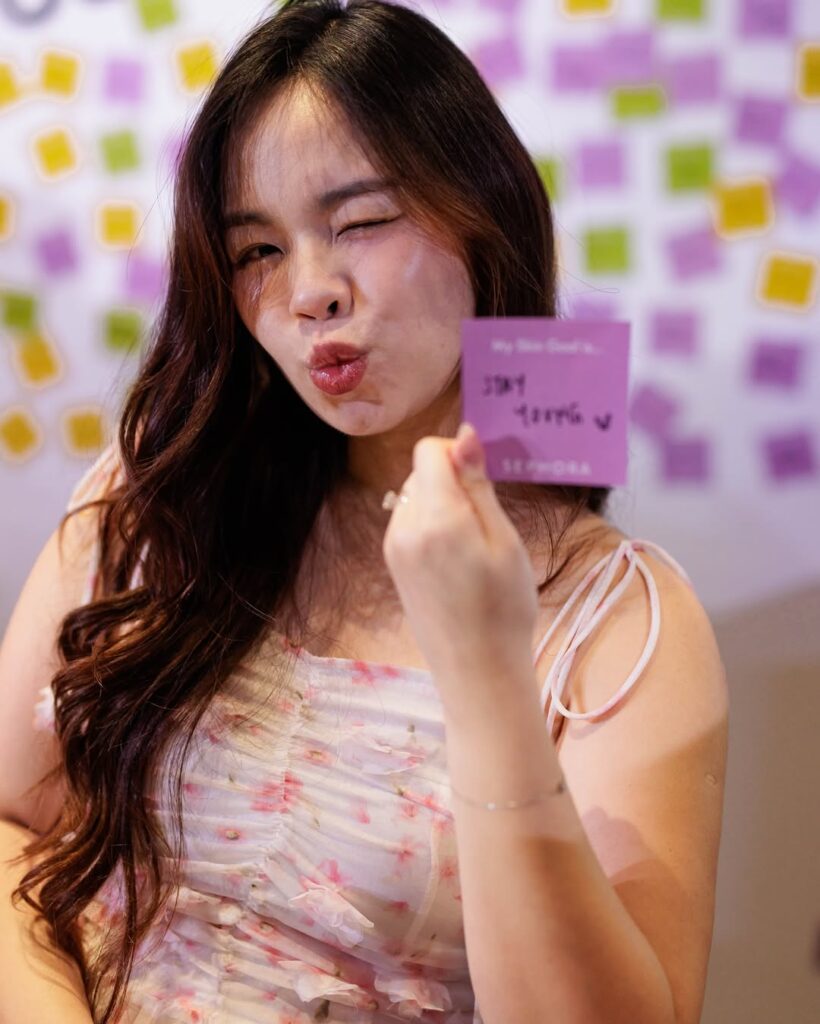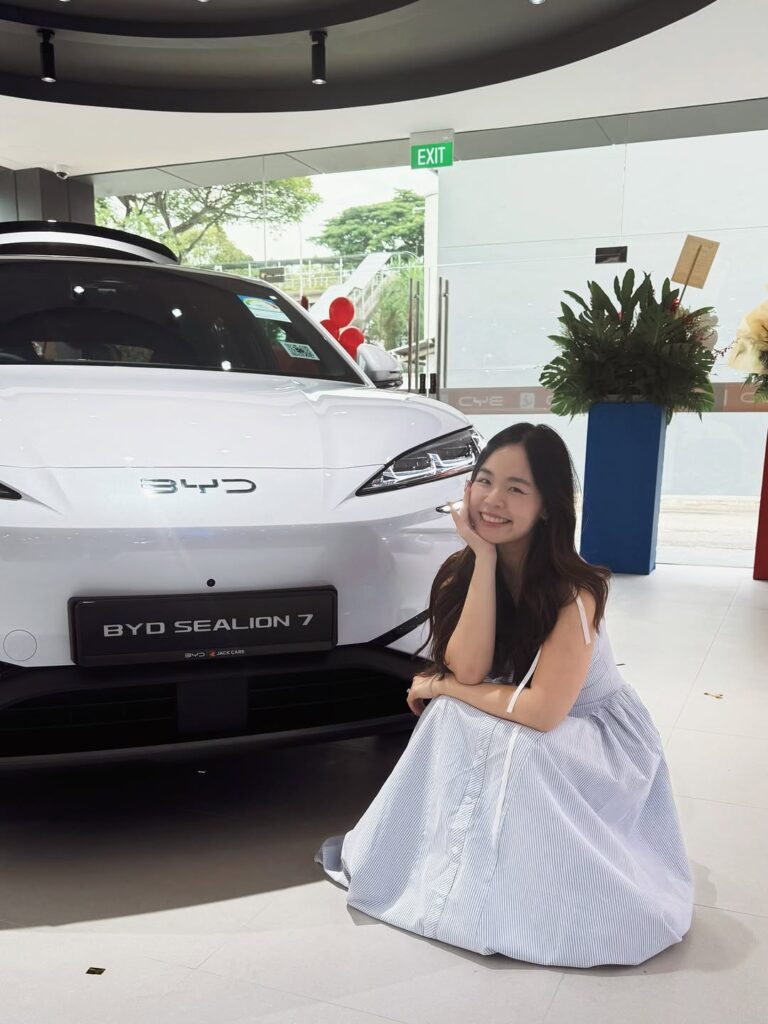Did you know that 73% of influencers have experienced at least one brand partnership that went completely sideways? I learned this the hard way when I jumped into my first collaboration without doing my homework – and boy, did I pay for it!
Brand partnerships can be absolute game-changers for creators like us. But here’s the thing: not all partnerships are created equal, and some brands out there are… well, let’s just say they’re not looking out for your best interests. After five years of collaborating with everyone from mom-and-pop shops to Fortune 500 companies, I’ve developed a pretty keen eye for spotting the red flags that scream “run the other way!”
The Money Talk That Never Comes

Oh man, this one still makes my blood boil a little. I once spent three weeks going back and forth with a brand about a potential partnership, creating mood boards, writing up ideas, even filming a sample video. The compensation discussion? It literally never happened until I brought it up.
When brands avoid talking money upfront, that’s your first major red flag. Legitimate companies understand that influencer marketing is a business transaction, not a favor exchange. They should be transparent about their budget from the get-go.
Here’s what to watch for: vague promises like “we’ll discuss compensation later” or “let’s see how this goes first.” Nope, nope, nope!
The Endless Revision Trap
I call this the “revision rabbit hole,” and it’s honestly exhausting. One brand had me redo a single Instagram post seven times – SEVEN! Each time, they’d come back with completely different feedback that contradicted their previous notes.
Professional brands typically limit revisions to 2-3 rounds max. They also provide clear, consolidated feedback rather than trickling in changes one at a time. When a company can’t seem to make up their mind about what they want, it usually means they don’t respect your time or expertise.
This kind of behavior often indicates poor internal communication or, worse, that they’re trying to get way more work out of you than originally agreed upon.
Sketchy Contract Terms (Or No Contract At All)
Okay, this is where I really messed up early on. I did three brand partnerships without proper contracts because I was just so excited to be working with “real brands.” What could go wrong, right? Everything. Everything could go wrong.
Red flags in contracts include unlimited usage rights, exclusivity clauses that last forever, or terms that let them use your content however they want without additional compensation. I once signed something that basically gave a brand the right to use my face on their packaging – for free, indefinitely!
The usage rights conversation is crucial, folks. If they’re being dodgy about how they plan to use your content, that’s a massive warning sign.
Unrealistic Expectations and Timelines
Picture this: it’s Friday at 4 PM, and you get an email asking for a “quick collaboration” that needs to be posted by Monday morning. The brief? A full photoshoot with three outfit changes, professional editing, and a 500-word caption. Oh, and they want it for “exposure” only.
Brands that respect creators understand that quality content takes time. They also know that we’re not sitting around waiting for their last-minute requests. When someone expects you to drop everything for their project, especially without fair compensation, that’s a huge red flag.
I learned to start asking about timelines upfront and honestly? If they can’t give me at least a week for substantial content, I usually pass.
The “Exposure” Payment Plan
Let’s talk about everyone’s favorite topic – getting paid in “exposure.” Look, I get it. When you’re starting out, sometimes exposure partnerships make sense. But here’s the thing: legitimate brands with actual marketing budgets don’t rely solely on exposure deals.
I once had a brand tell me their “exposure” was worth $10,000 because that’s how much they spent on their logo design. I literally laughed out loud during that call. If they have money for branding, they have money for creators.
The reality is that most exposure partnerships don’t actually provide meaningful exposure anyway. You’re better off creating content for brands that value your work enough to pay for it.
Poor Communication and Professionalism
This one’s subtle but super important. Professional brands communicate clearly, respond promptly, and treat you like the business partner you are. When I started getting emails with typos, unclear instructions, or just general unprofessional vibes, I began paying closer attention.
One brand I worked with would send me briefs via Instagram DM with random screenshots and voice notes that were impossible to follow. Another would email me at all hours expecting immediate responses. These might seem like small things, but they usually indicate bigger problems with how the company operates.
Trust Your Gut (Seriously!)
Here’s what I wish someone had told me five years ago: your intuition is usually spot-on. If something feels off about a brand partnership, it probably is. I’ve ignored that little voice in my head too many times and always regretted it.
The best partnerships I’ve had were with brands that felt like genuine collaborations from day one. They respected my creative input, paid fairly, and communicated like actual humans. When you find those brands, hold onto them!
Remember, you’re not just an influencer – you’re a business owner. You deserve to work with brands that treat you as such. Don’t let red flags slide just because you’re excited about a potential partnership. There are plenty of amazing brands out there who will value what you bring to the table.
Want to dive deeper into building successful brand partnerships? Check out more insights and tips on Valery Teddybear – I’m always sharing the real talk about what it’s like building a creator business!


